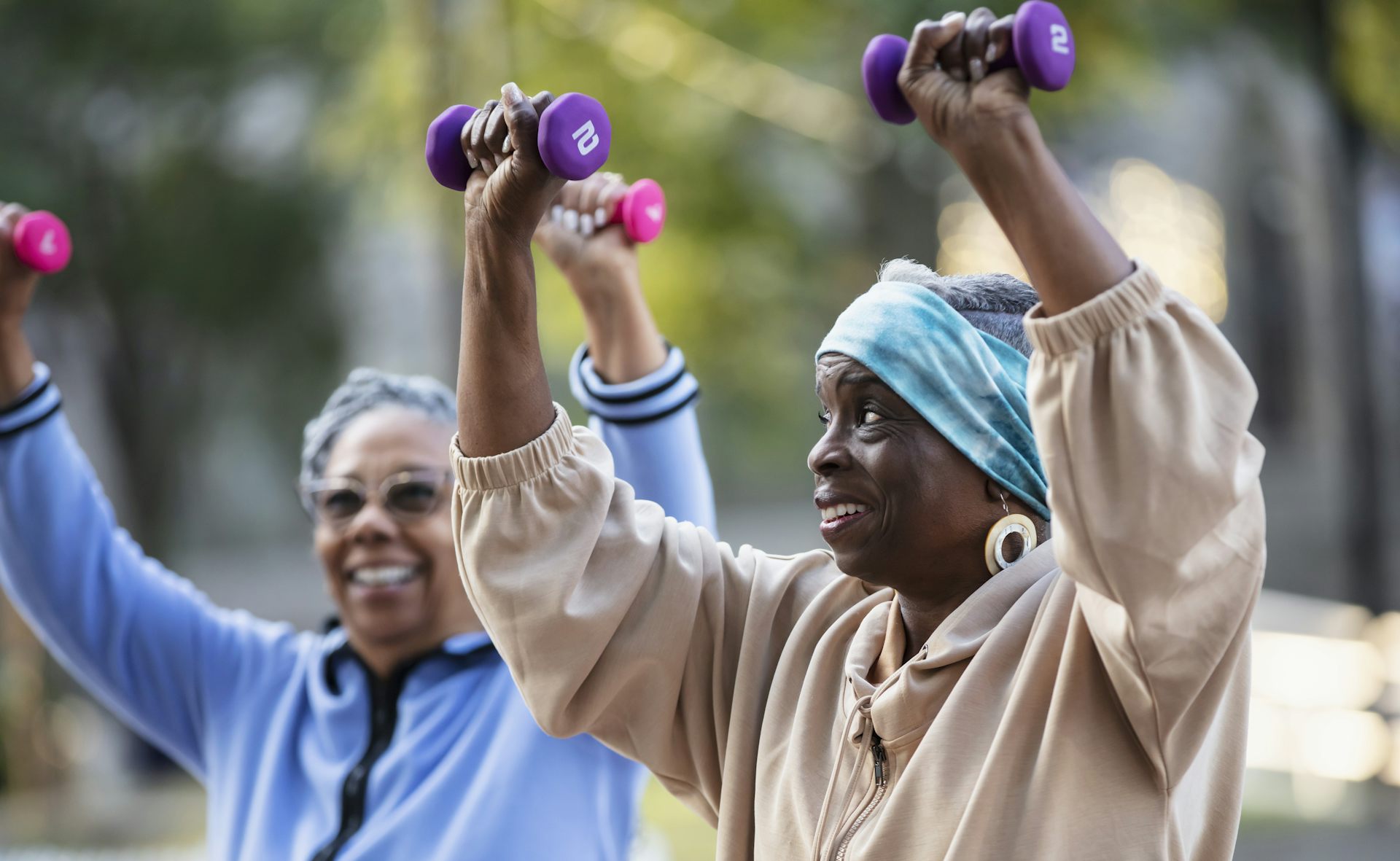Squash has been played in Philly for 125 years − a sports psychologist explains why it’s one of the
Philadelphia has become the US epicenter of squash and home to Team USA.
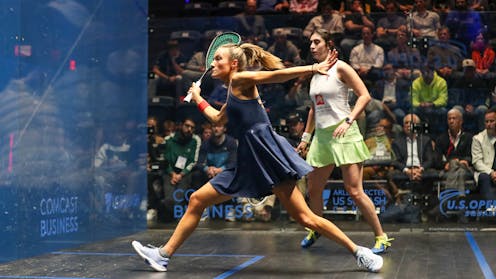
What sport combines the intensity of a high-wire circus act with the strategic thinking of a grand master chess match?
I’d say the sport of squash, for the first time an Olympic sport at the 2028 Los Angeles Games. Squash has its U.S. epicenter in Philadelphia, which is also considered the birthplace of squash in America. The sport was introduced to the U.S. at the Racquet Club of Philadelphia in 1900, where the first squash doubles court was later established.
James Zug, the preeminent historian of the game, writes about how, in the winter of 1901, 32 men competed at the club in the first squash tournament on American soil. Many other Philadelphia clubs followed, leading to a local squash culture that spread to high schools and colleges.
The United States Squash Racquets Association, now US Squash, was founded in Philadelphia in 1904, later moved to New York City, and in 2021 relocated its offices back to Philly.
I’m a sports psychologist who works with elite professional squash athletes and also writes about the game. As the former athletic director at Drexel University, I helped introduce varsity squash to the school and also assisted in starting a nonprofit community program called SquashSmarts for Philly public school students.
I believe squash is one of Philly’s best-kept secrets, as many Philadelphians do not know our city is host to an Olympic training high-performance center, the U.S. Squash Hall of Fame and youth development programs known as urban squash.

A feast for the brain
Squash originated from the older game of racquets, which was played in London’s prisons during the 19th century.
The vulcanization of rubber by Charles Goodyear in 1839 enabled the creation of a squeezable rubber ball that maintained its original shape after being “squashed” against the wall. The British Commonwealth, through its worldwide military, social and political influence, promoted and grew the game internationally and set standardized rules and courts.
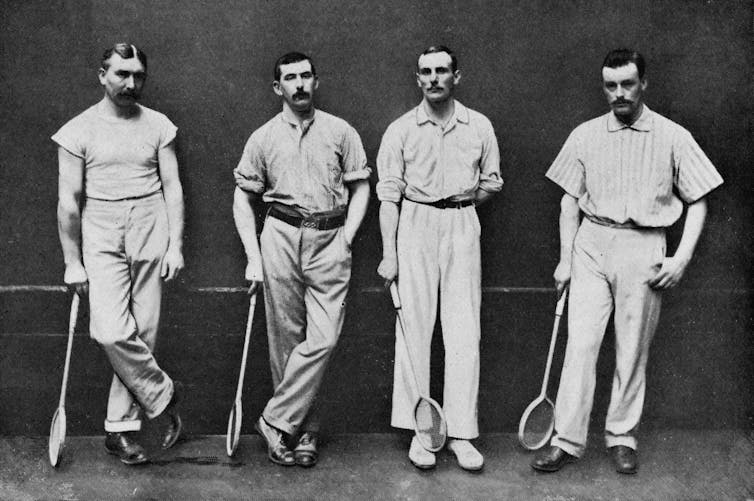
Watching professional squash today feels like being in gym class and science class at the same time: The sport showcases incredible athleticism and celebrates the laws of mathematics.
Squash is best understood in terms of its form and its essence.
The form of squash includes the ancient proportions of the cella of the Parthenon, which held the sacred statue of Athena holding Nike, the goddess of victory. An international squash court is 32 feet by 21 feet, and this ratio of approximately 1 to 1.5 establishes a sense of geometric order. With all walls and angles in play, and emphasizing elements such as time, velocity and space, squash allows for an amazing spectacle of creativity, elegance and speed. It is a feast for the brain.
Mental aspects of the game
But the essence of squash is mental, and the three aspects I find especially intriguing are mindfulness, playfulness and fairness.
Mindfulness: Mindfulness involves not dwelling on the past or worrying about the future. This is easier said than done, especially when a player is exhausted and struggling. The competitive squash player must focus on the moment and anticipate the next. This requires processing information in real time and practicing mindfulness to avoid distractions.
Playfulness: When I was a young athlete, I gave a B effort in practice and an A effort during competition. I had it all wrong.
I now understand that intense, disciplined practices are the foundation for tomorrow’s world-class athlete. There are no shortcuts. Psychologist Angela Duckworth advocates that excellence is 66% grit – which she decribes as a combination of passion, effort and perseverance – with the other 34% being innate talent.
For high-performance athletes, it is beneficial to be a neurotic perfectionist in practice, but not during competition, when they need to be situationally aware. Performance coach Brian Levenson writes about the pro athlete being the opposite of a perfectionist when competing, shifting to being playful, intuitive, confident and adaptable instead.
In other words, practice like a pro, play like a kid.
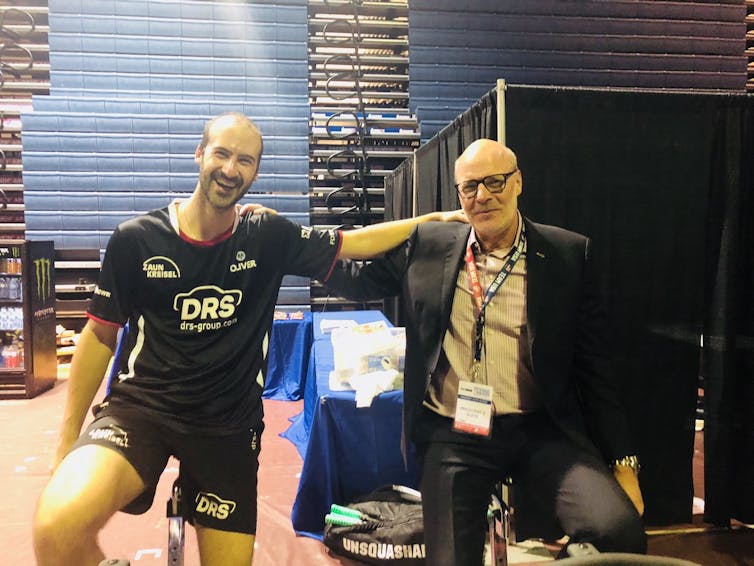
Fairness: One intriguing aspect of squash is the two competitors share the same space. This requires respect for your opponent as well as the game.
At its best, squash resembles a dance between two foes, with the winner graciously allowing their opponent to leave the court first.
US Squash has made sportsmanship and character a key initiative as the sport grows in popularity at all levels of play. While the art of deception, such as head fakes or varying your swing timing, is a valued tactical skill, blocking the opponent, whether subtle or overt, is not.
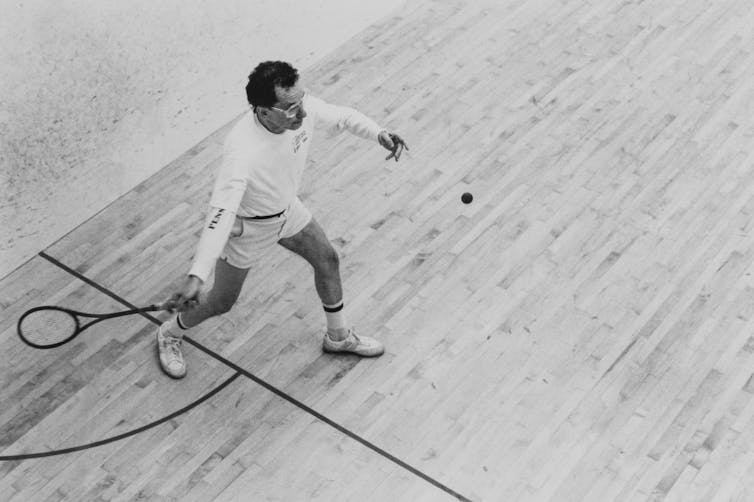
Philly’s Olympic center
One of Philadelphia’s most passionate amateur players was the longtime U.S. Sen. Arlen Specter. In 2021, the Arlen Specter US Squash Center, located on the campus of Drexel University, opened and was named in his honor.
The Specter Center is a state-of-the-art training facility and home to Team USA, the administrative center for US Squash, the home for the U.S. Open, and a hub for the U.S. junior and senior national teams, as well as urban squash.
The inclusion of squash in the 2028 Olympics is a milestone for the increasingly international sport. Currently, eight nationalities are represented among the top 10 male and female pro players, although in recent years Egypt has dominated both the men’s and women’s game.
Two U.S. women who are ranked in the world Top 10 are Team USA’s best chances to win gold: Amanda Sobhy, who went undefeated at Harvard, and Philly’s own Olivia Weaver.
If you want to catch them in action before the 2028 games, both will compete at the U.S. Open Squash Championship at the Arlen Specter US Squash Center from Oct. 19 to Oct. 25, 2025.
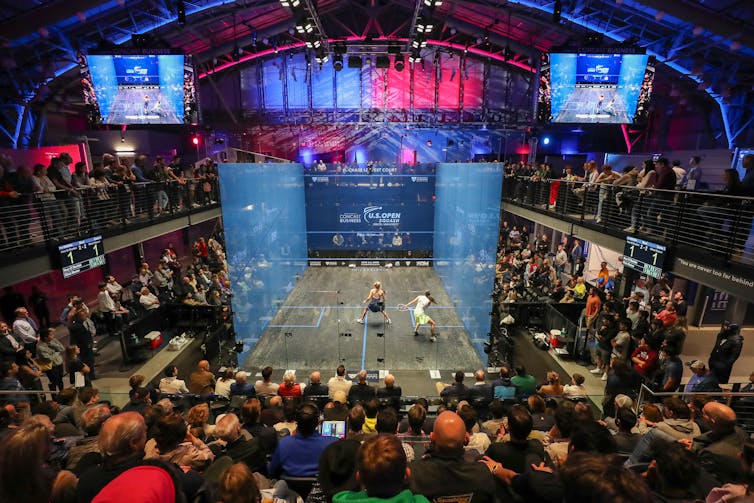
Read more of our stories about Philadelphia.
Eric Zillmer serves as an unpaid advisor to the following non-profit boards. 2010-present Advisory Board, Philadelphia SquashSmarts; 2019-present PHL Sports Congress, Vice Chair Advisory Board; 2020-present Philadelphia Convention & Visitors Bureau (PHLCVB) Board of Directors; and 2025-present US Squash Board of Directors.
Read These Next
Venezuela’s civil-military alliance is being stretched — if it breaks, numerous armed groups may be
How various factions respond to the Trump administration’s threat to be the de facto ruler of the…
2026 begins with an increasingly autocratic United States rising on the global stage
The US attack on Venezuela highlights a shifting American foreign policy that dismisses a rules-based…
The battle over a global energy transition is on between petro-states and electro-states – here’s wh
While wind and solar energy led in investments globally, liquefied natural gas is also booming. A former…






